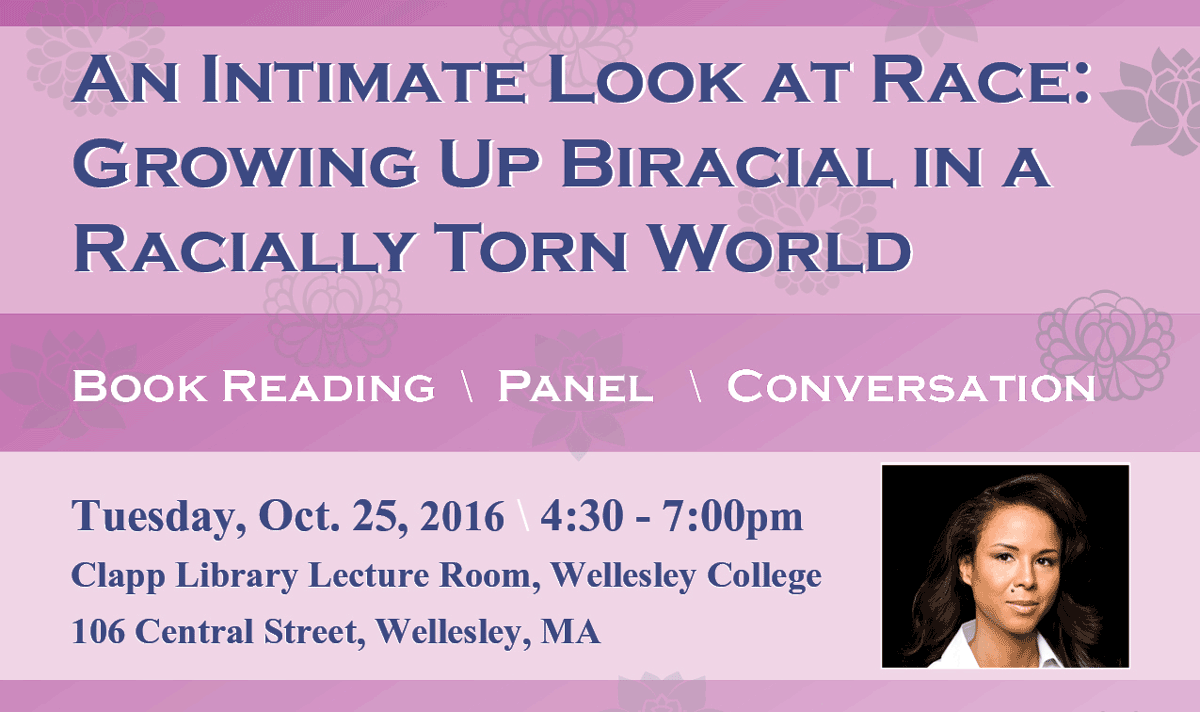Opinion: “White spaces” are everywhere – including ARC
The American River Current
Sacramento, California
2016-09-26
Shiavon Chatman
Imagine being alone in a place where there was no one who looked like you or understood your experiences.
Imagine having a conversation with someone who assumed the actions and behaviors of people who looked like you and made predictions about the way you conducted yourself.
Being a person of color in a predominantly “white space” is similar to this.
Author Toni Morrison addresses this very idea of oppression and loneliness that comes with being racially stereotyped in her first novel entitled “The Bluest Eye.”
In her novel, the main character Pecola is “(the) little black girl who want(s) to rise up out of her pit of her blackness and see the world with blue eyes.”
The idea of “colorblindness” doesn’t exist. No matter how progressive and accepting a person is, they will see color.
Recognizing color, or rather, race and ethnicity, is being consciously aware of the social injustices and stereotypes that people of color experience.
American River College [(ARC)] student Alyssa Senna said “I feel like there’s a stereotype for all people of color and that’s how white people see us.”…
…The stigma of being a person of color in predominantly white spaces has the same level of intensity for mixed people.
“I feel almost like an alien at times,” said ARC student, Sade Butler, “because I’m black, white, and Filipino and I’m of a medium complexion, (so) a lot of people don’t see me as a person of color.”
Mixed people typically experience more privilege, referred to as “passing”, than non-mixed people of color, except in predominantly “white spaces.”…
Read the entire article here.


